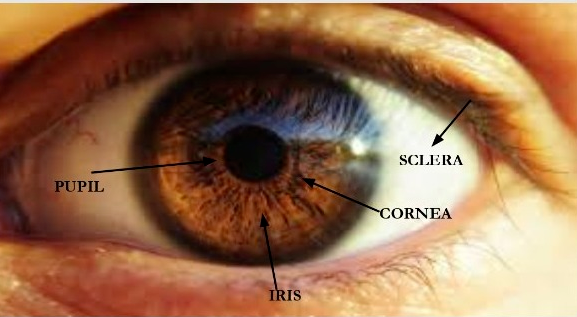What Normal Eye Looks Like

Diseases
Retinitis Pigmentosa
Retinitis Pigmentosa or RP, is the most common type of inherited retinal disease. The retina is the lining at the back of the eye. Along with the optic nerve, it forms the ‘nerve’ of the eye. A healthy retina is essential for normal vision. At a cellular level, the retina has 10 layers and the most important of these are the photoreceptors called ‘Rods and Cones’ and the ‘Retinal Pigment Epithelium’. Rods generally help with night vision while cones help with day vision and colour vision. The central retina is called the macula; a healthy macula is essential to be able to read fine print, identify colours, faces and so on.
Leber Congenital Amaurosis
Leber Congenital Amaurosis or LCA is an inherited retinal disease that causes severe visual impairment in children. The retina is the lining at the back of the eye. Along with the optic nerve, it forms the ‘nerve’ of the eye. A healthy retina is essential for normal vision. At a cellular level, the retina has 10 layers and the most important of these are the photoreceptors called ‘Rods and Cones’ and the ‘Retinal Pigment Epithelium’. Rods generally help with night vision while cones help with day vision and colour vision. The central retina is called the macula; a healthy macula is essential to be able to read fine print, identify colours, faces and so on.
Stargardt Macular Degeneration
Stargardt Macular Degeneration, or Stargardt disease is the most common type of inherited macular degeneration. The retina is the lining at the back of the eye. Along with the optic nerve, it forms the ‘nerve’ of the eye. A healthy retina is essential for normal vision. At a cellular level, the retina has 10 layers and the most important of these are the photoreceptors called ‘Rods and Cones’ and the ‘Retinal Pigment Epithelium’. Rods generally help with night vision while cones help with day vision and colour vision. The central retina is called the macula; this area is very rich in cones and a healthy macula is essential to be able to read fine print, identify colours, faces and so on.
Age-Related Macular Degeneration
Macular Degeneration or Age-related Macular Degeneration (AMD) is the leading cause of central vision loss in people 60 years or older.
The retina is the lining at the back of the eye. Along with the optic nerve, it forms the ‘nerve’ of the eye. A healthy retina is essential for normal vision. The retina is a complex structure, made up of ten different layers. The most important are two – the retinal pigment epithelium (RPE) and the photoreceptors (rods and cones). A healthy RPE is essential for the normal functioning of the retina. Rods generally help with night vision while cones help with day vision and colour vision. The central retina is called the macula; this area is very rich in cones and a healthy macula is essential to be able to read fine print, identify colours, faces and so on.
Other Genetic Diseases of the Retina
There are several other genetic diseases of the retina that are inherited. These include Achromatopsia, Cone Rod Dystrophy, Bietti’s Crystalline Dystrophy, Choroideremia, X-linked Retinoschisis etc.
